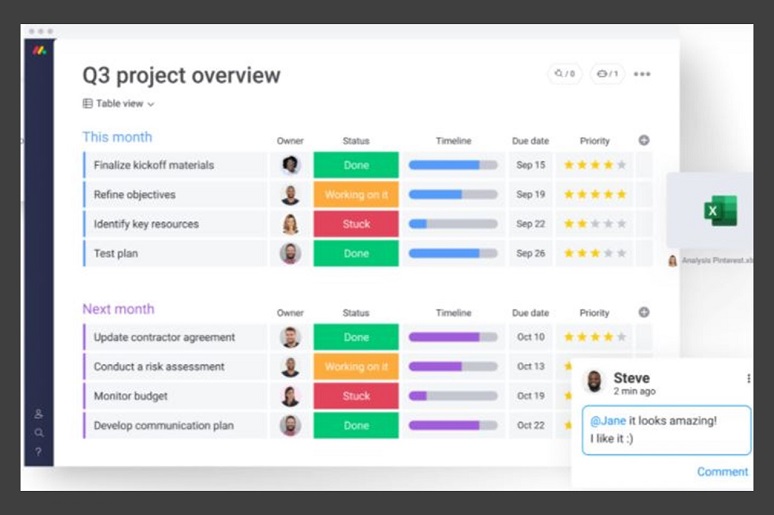While planning for a hybrid working model, IT leaders have understandably focused on effectively supporting a virtual workforce, and enterprises are looking toward
visual collaboration technologies as a core element of that support.
I recently spoke with
monday.com, a cloud-based workflow management platform that enables businesses to build their own apps and project management flows. monday.com provides clients with a set of tools that include building blocks that they can combine and build with to create the software they require and customize it for their own use. Tal Haramati, tech lead at monday.com, calls this mission unique because “[monday.com] is not capital to specific types of organizations, specific industries, specific departments— it’s solving different types of problems for different organizations.”
Those "problems" are related to cross-collaboration and include a lack of productivity, difficulty achieving seamless communication, and, most importantly, having one too many tabs open to complete your work.
Fortunately, monday.com addresses these pain points and centralizes communication in one platform by using a board metaphor for assigning and managing workflows. A ready-made
template center offers 200+ designs for customizing workflows on boards in categories like marketing, project management, sales and customer relationship management (CRM), design, software development, and human resources.
Depending on the workflow, you can add columns to each board. Consider using the columns to create a workflow or include the various "building blocks" that Haramati mentioned earlier. Clients can also take advantage of integrations like Hootsuite and Hubspot, so your team can focus on their tasks at hand and stop switching between tools.
monday.com addresses productivity issues by including features such as time tracking, team and client communications, Kanban boards and Gantt charts, calendars, and customizable task assignment and project management templates in its customers' workflow tools.
To address communication issues, monday.com offers its teams features like visual cues indicating status updates, setting deadlines, and assigning and communicating who owns what tasks, in addition to dedicated discussion boards and audio alerts linked to changes in status or new information.
In August, monday.com debuted what Haramati calls its “newest building block,”
Workdocs. The feature is a way to brainstorm, sync, and collaborate in real-time without leaving the workspace. Haramati explained that Workdocs are “designed to be printable and static.”
For example, if you create a document in Workdocs and want to share it with a client outside your company, you can send the Workdocs asset via email. Because the document contains live data, you can make changes in real-time, and those changes will translate to the client on the other side. “This adds a whole new dimension that allows you to manage unstructured textual data and ties it to your structured data,” Haramati said. “The real power of monday.com is that it allows our clients to tailor the product to them, not the other way around.”
monday.com offers an Individual pricing plan, free for employees who want to keep track of their work (up to two seats). However, basic, standard, premium, and enterprise
pricing options are available.




